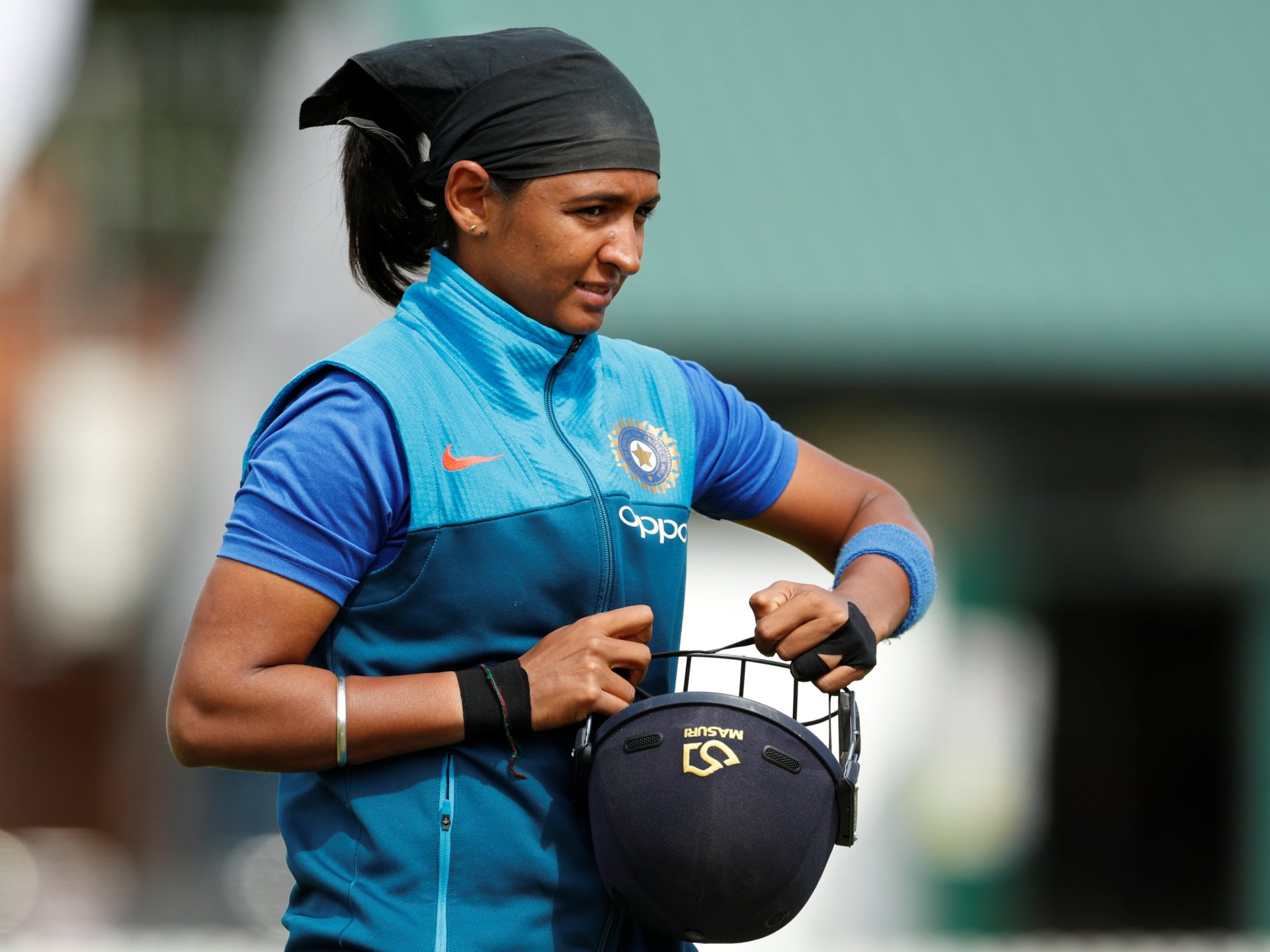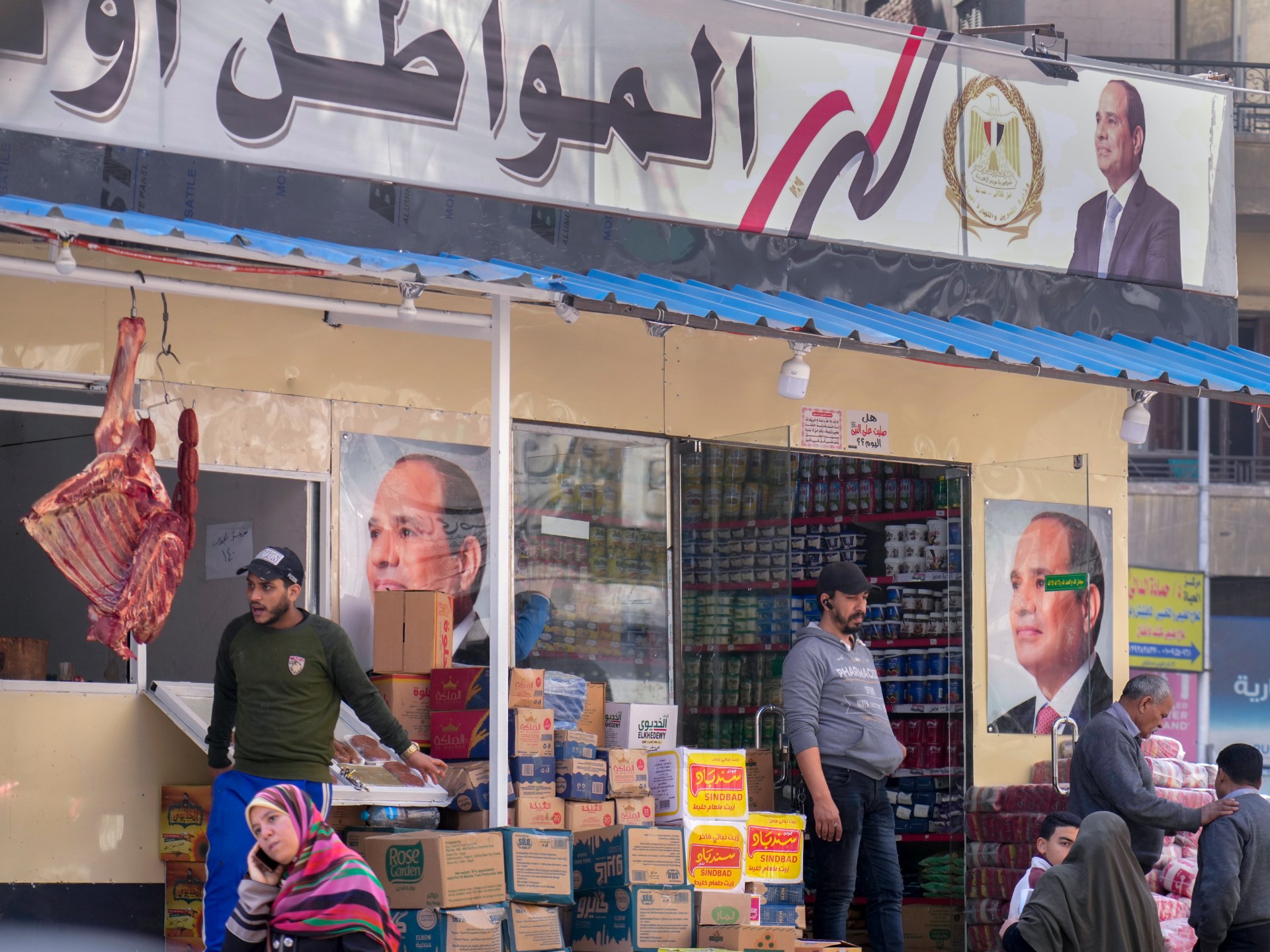
Gaza – Last month, 89-year-old Ibtihaj Daulah marked the 75th anniversary of the Nakba, the ethnic cleansing that led to the near-total destruction of Palestinian society. This month, his grandson Ali ended 16 years under the siege of Gaza, which many Palestinians consider a new kind of Nakba.
The doula, known as Umm Khattab, talks constantly about her memories of the Nakba (“catastrophe” in Arabic) and her life in the city of Jaffa before she and her family were expelled from Gaza in 1948. He now lives in al-Shati refugee camp in the western Gaza Strip. She is the mother of nine children and has 80 grandchildren of various ages.
Umm Khattab told Al Jazeera that the reality of the siege in the Gaza Strip and the experience of her young grandchildren is “the equivalent of a new Nakbar” that has stolen their future and dreams.
Israel’s stranglehold on the Gaza Strip was imposed after Hamas, the Palestinian political and military group that Tel Aviv and the United States now consider a “terrorist” organization, won legislative elections in January 2006. There were greater restrictions and prohibitions that were widespread. Broader implications for the Palestinians were imposed after Hamas took full control of the Strip in mid-2007.
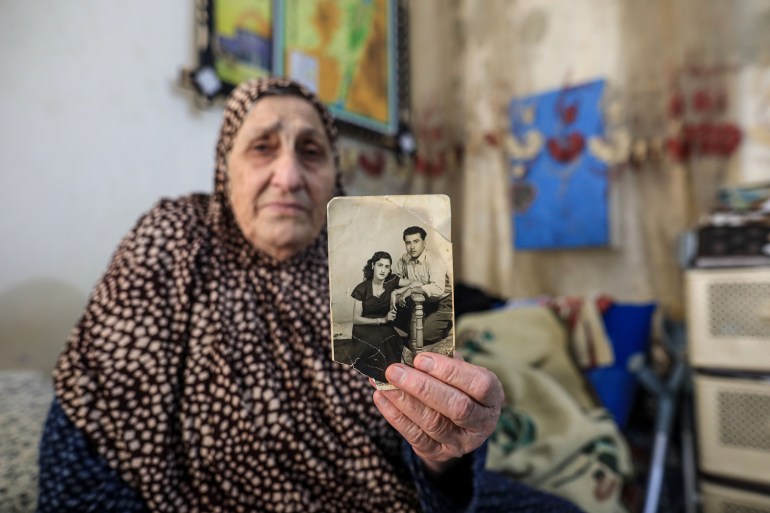
Ali, Umm Khattab’s 31-year-old grandson, has heard many times the story of the Nakba and the expulsion of his grandmother’s family from their home in Jaffa.
“Yes, the Nakba was brutal, but I see that we are living in the Gaza Strip as a Nakba for all generations in terms of oppressive conditions, war, destruction and the ongoing siege,” he told Al Jazeera.
The Israeli blockade of Gaza has exacerbated the humanitarian crisis in Gaza and now affects some 2.38 million Palestinians in the Strip.
Unemployment rose from 23.6 percent before the blockade to 47 percent at the end of 2022. The poverty rate has risen from 40 percent in 2005 to 61.6 percent in 2022, according to the Geneva-based Euromed Human Rights Monitor.
Umm Khattab recounts the day she left Jaffa with a heavy heart. He and his family had to evacuate after hearing that Zionist gangs were attacking the neighborhood and killing people.
“I was about 12 years old then. The trip lasted three days until we reached the shores of Gaza. Our journey as refugees began here in a camp in the Gaza Strip,” he said, looking at his grandson.
He said that Gaza was “like a desert” when they first arrived, which made them yearn even more for their home in Jaffa, which was like a “palace” in comparison.

“Our house in Jaffa was three stories, and in front of it was a small fountain in the middle of a beautiful garden full of roses and trees, and close to the beach,” he said.
“My father had a lot of fishing and swimming boats back then. Living in tents, on land and in refugee camps was very difficult. To this day, we are still sorry.”
‘Who will compensate for the lost life?’
Umm Khattab says the Israeli occupation has not only expelled Palestinians from their land but also their descendants – born and raised as refugees in oppressive conditions – to lose hope for any future.
“In the past, we lived well. Roads were open between Palestinian cities and even Arab countries,” he said.
“My grandmother was Lebanese, and we used to go by boat to see her easily. Those good days are gone. I am thinking about the situation of the young people of Gaza today and I feel very sorry for them.”
Ali says many of his friends and colleagues spent their 20s and 30s enduring the suffocating conditions imposed in Gaza, especially their inability to travel.
“I’m 31 years old and I haven’t left Gaza, not even once,” he said. “I tried to travel twice, but I lost both opportunities due to the closure of the crossing and the complications of the travel method.”
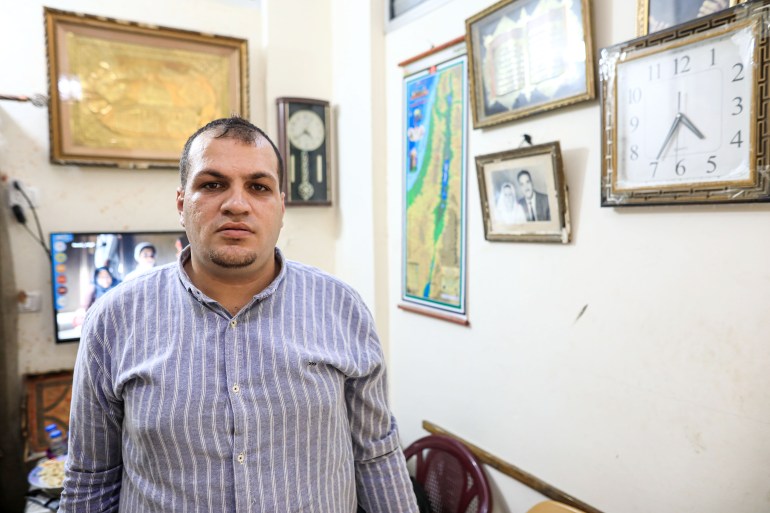
He spent about 11 years looking for a job, from the time he graduated from university until about a year and a half ago.
“I feel lucky to have anything. This is the reality for many of my generation under Israeli siege. Is it not Nakba?
“Is there anyone who can compensate us for our lost lives?” He was surprised.
Before Israel blockaded the Gaza Strip, people and goods moved through six crossings: Erez, Karni, Kerem Shalom, Nahal Oz, Rafah, and Sufa.
After the blockade, Israel closed all border crossings except for the Erez to the movement of people – on which it now imposes a complex travel ban – and Kerem Shalom to goods.
Another major crossing, the Egyptian-controlled Rafah, is used mostly by Gazans to cross to other countries.
To leave or stay
Hassan al-Kilani, from the village of Burair, 18km (11 miles) northeast of Gaza City, is a Palestinian who was forced from his home 75 years ago. Despite the hardships, she is devoted to Palestine and firmly against her 22-year-old grandson Mohammed’s desire to leave the Gaza Strip.
“Even though the situation in the Gaza Strip is difficult, I cannot accept the idea of my grandchildren emigrating from their homeland,” Al-Kilani, who was born in 1934, told Al Jazeera.
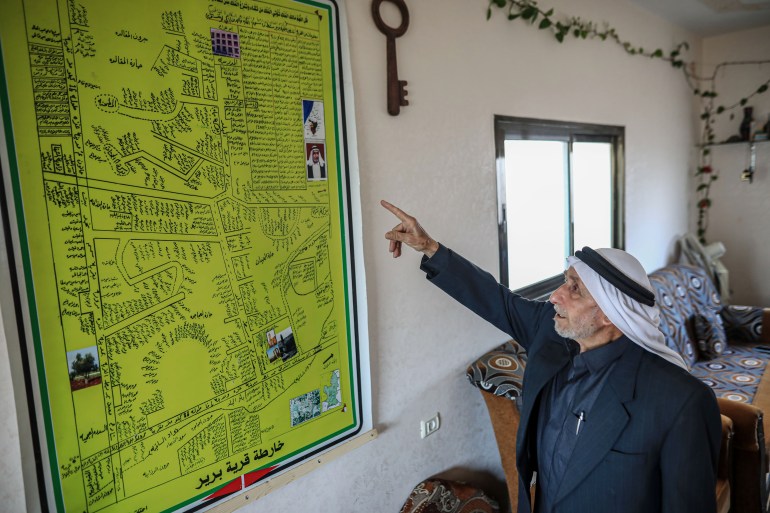
Mohammed, who is about to finish his last semester of university software engineering, said that instead of being excited, he is filled with anxiety because of the dark prospects in the Gaza Strip.
“My graduation is a nightmare … I will join thousands of unemployed youth, including my friends,” he said.
“All I can think about now is to immigrate to a European country with the help of my relatives.”
A survey conducted last year by the International Committee of the Red Cross (ICRC) found that 90 percent of young respondents in Gaza believed their lives were abnormal. Two-thirds said they were dependent on their families and 40 percent said they had no hope of finding a job in the next 15 years.
The siege has also had a major impact on mental health, with 49 percent of young people in Gaza saying they suffer from stress, anxiety and depression, 34.5 percent reporting problems with social communication, and 12.4 percent abstaining from marriage.
Still, al-Kilani got into heated arguments with his grandson over the idea of leaving Gaza, even as he recounted the story of his family’s expulsion from their land in 1948.
“Israeli groups attacked our village at dawn, and according to what we heard, those who remained were exterminated,” he said. “My parents, my six brothers and I moved to a neighboring village. We were in Al-Majdal for a while, but we were surprised by the arrival of the Zionist gangs there.”
After walking 15km (nine miles) north to al-Majdal, the al-Qilani family had to walk another 25km (16 miles) to reach Gaza.

Al-Kilani still remembers the details of his village so perfectly that he drew a detailed map of it with “every street and every house”.
“When we came to Gaza, the situation was very difficult. We mostly farmed our land, Gaza had none of that. We were without money, food or work… total refugees.”
Al-Kilani describes how they were at first out in the cold, living in the open in tents.
“The situation was inexplicable until international efforts intervened [and] Refugee camps were set up on the outskirts of Gaza City,” he said.
He also believes that the catastrophe of displacement and expulsion from 75 years ago can be compared to the present generation in the Gaza Strip.
“These youth are facing the disaster of losing their future. I always compare my father’s life as a youth and our life before the Nakba and the openness and ease we lived with today’s youth in Gaza. I feel sorry for them,” he said.
Over the years, Israel has worked to deepen Gaza’s isolation, particularly through its policy of separating Gaza from the occupied West Bank through a travel ban. It has long prevented university students, academics and professionals from pursuing education beyond university, while severely impacting health care and tearing families apart.
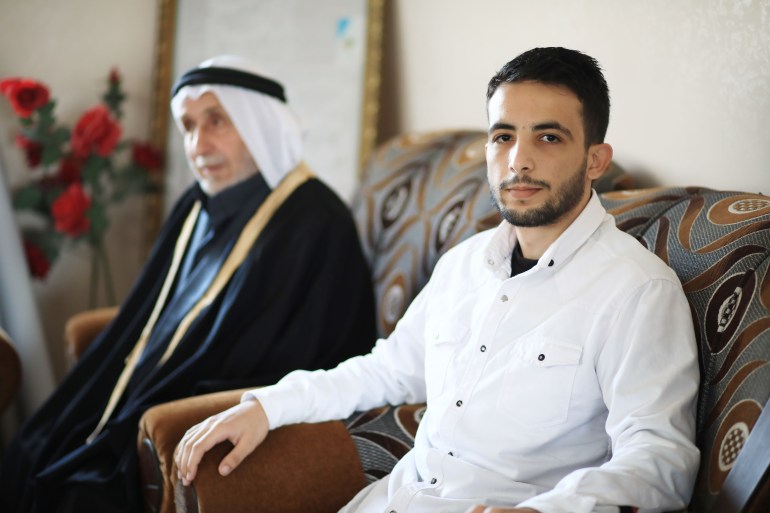
In the past 15 years, Israel has launched four major attacks on the Gaza Strip – 2008-2009, 2012, 2014 and 2021 – in addition to air and ground attacks.
The attacks killed and injured thousands of civilians, caused economic collapse and destroyed large swaths of infrastructure.
Mohammad says: “Life [in Gaza] Only about war, constant bombing, ongoing blockades, crossing closures, power outages, poverty and unemployment. Young people are expected to deal with these crazy situations as if they were normal.
“My older brothers graduated from university with high grades, and still haven’t found jobs. Their mental condition is deteriorating. This is a new Nakba,” he said.
Al-Kilani said his family and others displaced by the Nakba believe they will return to their land within months, if not weeks.
“Today, it’s been 75 years… but hope doesn’t stop,” he said.

Source link


